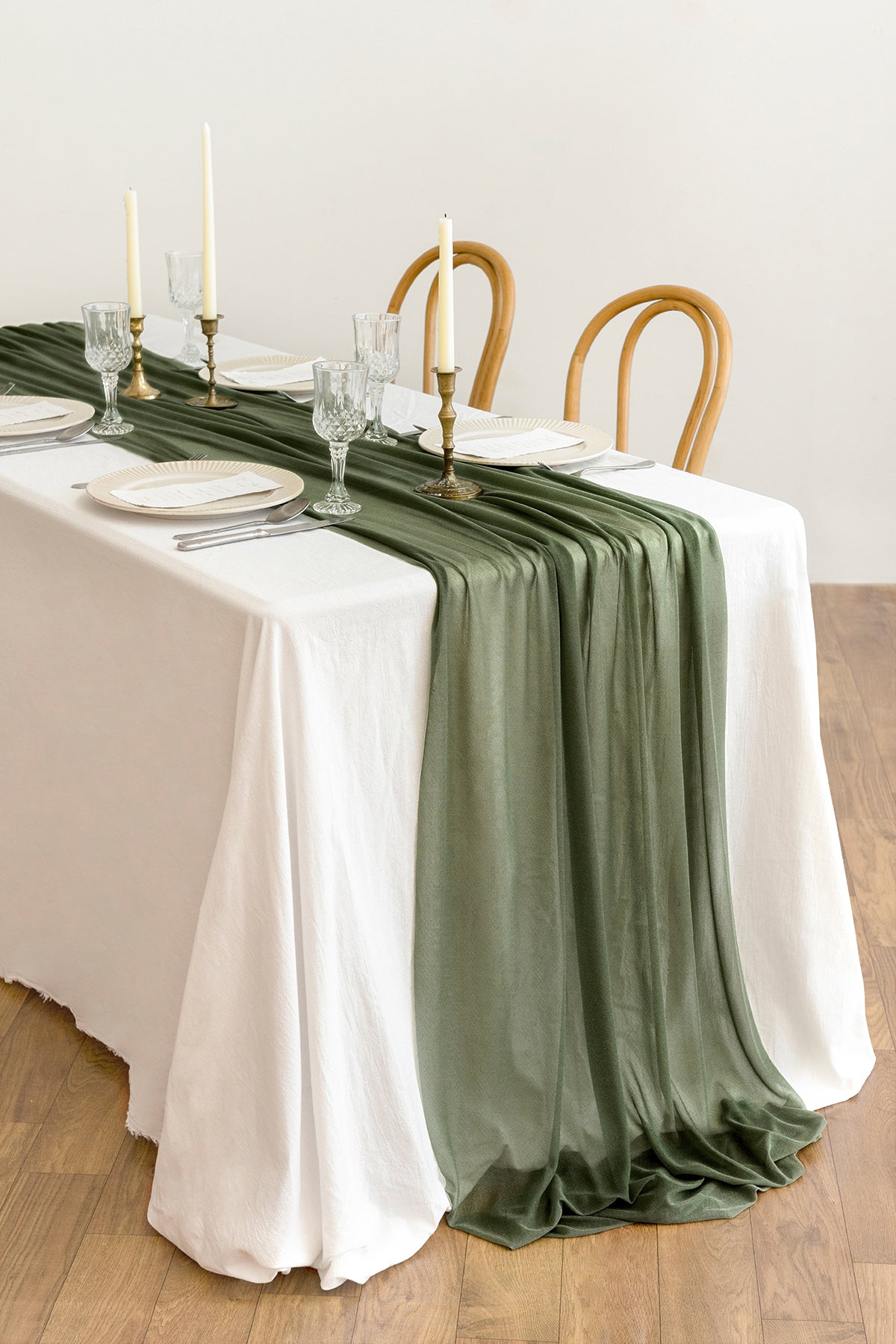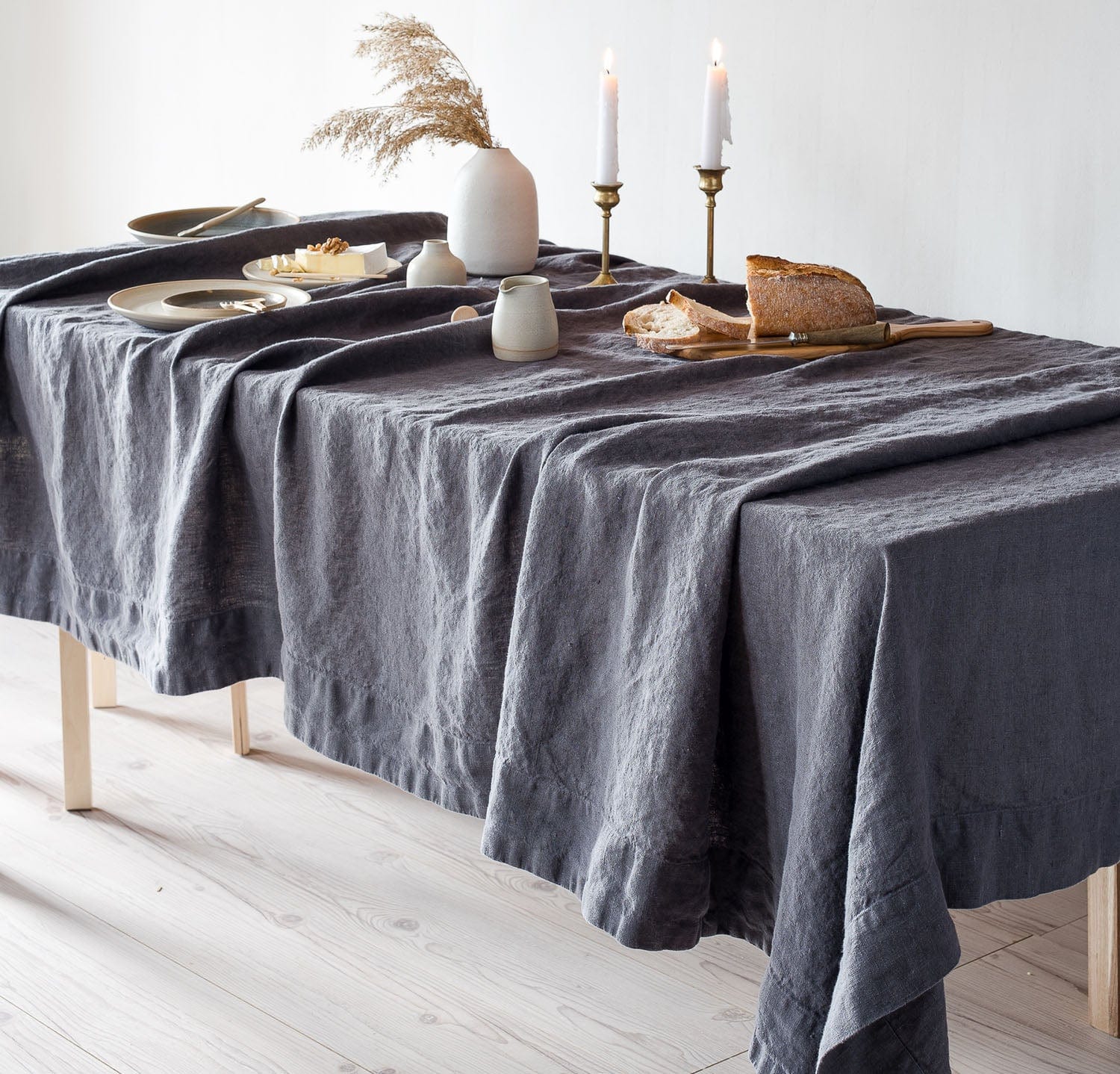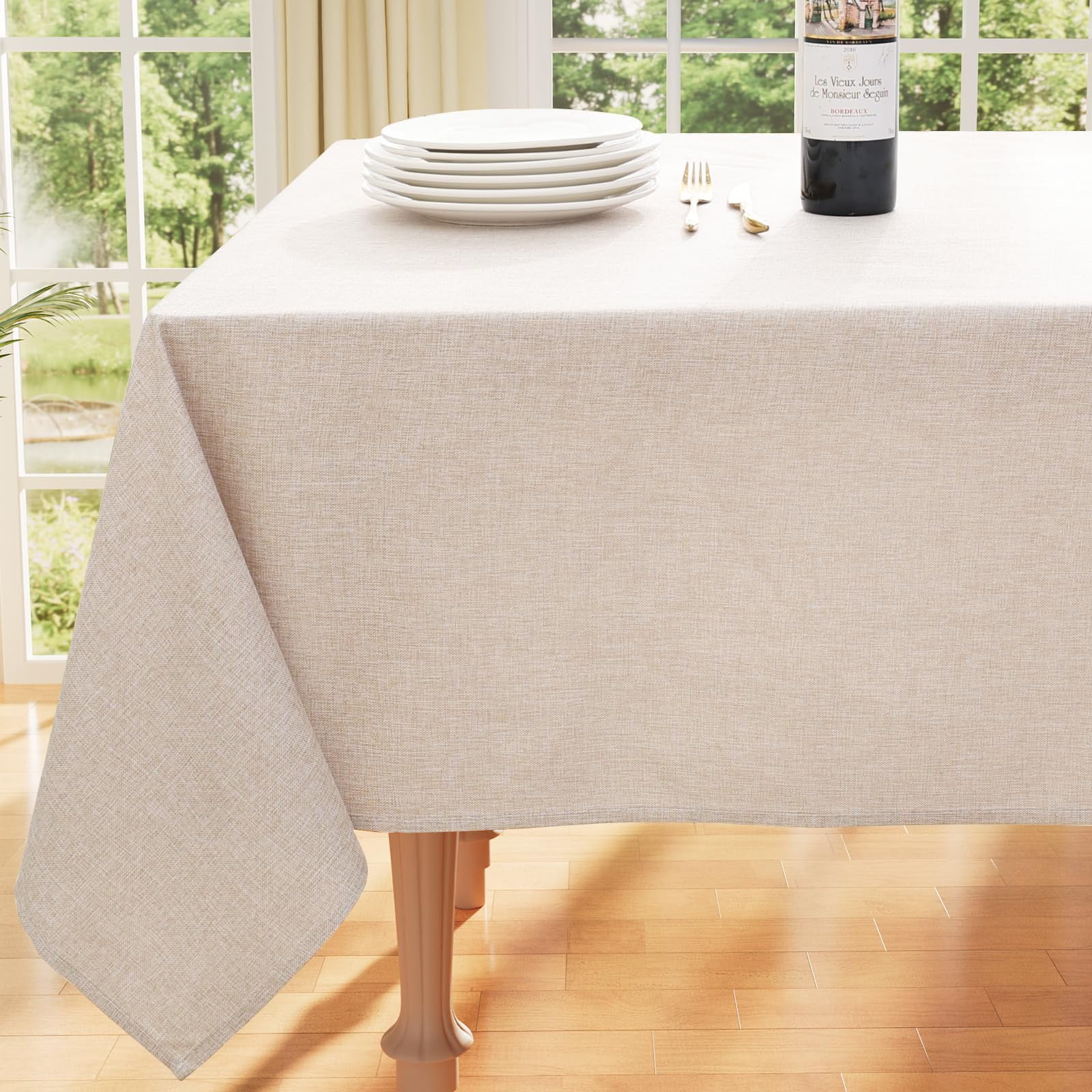Bed Linen Textile Developments: Exploring Modern Trends and Creative Applications in Style and Textile Industry
From sustainable manufacturing approaches to cutting-edge weaving technologies, the development of bed linen is improving the landscape of the textile market. As we delve into the worlds of imaginative style applications and the appearance of linen blends and crossbreed fabrics, a new phase unfolds in which linen's duty in future fabric innovations takes center stage.
Sustainable Practices in Linen Manufacturing
Lasting techniques in bed linen production have come to be significantly critical in the fabric market's efforts to reduce ecological influence and advertise honest sourcing approaches. Linen, an all-natural fiber obtained from the flax plant, offers an array of benefits such as biodegradability, breathability, and toughness. However, conventional techniques of bed linen manufacturing can involve considerable water intake, pesticide usage, and energy-intensive processes.
To resolve these difficulties, several fabric makers are adopting lasting practices throughout the linen production process. This includes sourcing flax from natural ranches that avoid unsafe chemicals and chemicals, implementing water-efficient retting techniques to remove fibers from the flax stalks, and making use of environment-friendly dyes and coatings. In addition, some firms are purchasing renewable resource resources to power their production centers and decreasing waste through recycling and upcycling initiatives.
Technological Innovations in Linen Weaving
With the growing emphasis on lasting techniques in linen production, the textile sector is currently witnessing a rise in technological advancements specifically focused on revolutionizing the art of bed linen weaving. These advancements are reshaping the way linen textiles are generated, offering increased effectiveness, top quality, and creativity in weaving methods.
Among the key technological developments in linen weaving is the integration of electronic looms. These sophisticated looms are outfitted with software program that permits complex and complicated styles to be woven with accuracy. By digitizing the weaving process, producers can achieve higher uniformity and accuracy in their linen materials.
In addition, advancements in thread spinning modern technology have made it possible for the manufacturing of finer and more long lasting linen yarns - table cloths. This causes softer and smoother linen materials that retain their high quality also after numerous usages and laundries
Furthermore, the growth of environment-friendly dyeing procedures and surfaces for bed linen fabrics is acquiring traction. These sustainable practices not only lower the environmental effect but likewise cater to the enhancing customer demand for morally produced textiles.
Creative Design Applications for Bed Linen
Ingenious artistic techniques are significantly forming the imaginative layout applications for linen in the textile market. Linen's all-natural visual allure and capacity to blend with other materials make it a favorite selection for producing unique garments and accessories that cater to the ecologically aware customer.
Additionally, developers are try out linen in home decor, utilizing its breathable and resilient nature to craft fashionable home furnishings such as curtains, bedding, and furniture. The appearance and drape of linen bring a feeling of sophistication and convenience to interior rooms, including a touch of sophistication to contemporary homes.

Linen Blends and Hybrid Fabrics

Hybrid textiles, on the various other hand, take the idea of mixing a step additionally by including added aspects such as metal threads, recycled materials, or conductive fibers. These ingenious fabrics not just increase the design possibilities but also introduce useful facets like conductivity, antimicrobial properties, or enhanced sturdiness. Crossbreed textiles are progressively being used in different industries, consisting of fashion, interior decoration, and technological fabrics, where the need for multifunctional products is on the rise.
Bed linen's Function in Future Textile Innovations

In the world of future fabric technologies, linen is expected to be a principal in the growth of innovative functional fabrics. Designers and scientists are discovering means to improve linen's fundamental qualities via technological improvements, such as incorporating clever textiles, nanotechnology, and performance coatings. These developments intend to raise bed linen's efficiency features, making it ideal for a more comprehensive series of applications, from activewear to safety apparel.
Moreover, the combination of linen with various other natural or artificial fibers opens unlimited opportunities for developing unique textiles with one-of-a-kind residential properties and capabilities. By leveraging linen's qualities and discovering ingenious blends, the textile sector is poised to present amazing growths that accommodate progressing customer demands and sustainability requirements.
Verdict
Finally, the expedition of sustainable techniques, technological innovations, creative layout applications, linen blends, and its duty in future textile developments highlight the constant advancement of linen textile in the modern-day design and textile sector. With an emphasis on development and creativity, the versatility and green nature of linen make it a beneficial material for producers and designers alike, leading the means for further developments and improvements in the field of textiles.
As we dig right into the worlds of creative style applications and the introduction of bed linen blends and crossbreed materials, a new chapter unfolds in which bed linen's function in future textile advancements takes facility phase.
Exploring the blend view of linen with various other textiles has actually led to the appearance of cutting-edge blends and crossbreed textiles in the contemporary fabric market. Linen blends supply an one-of-a-kind mix of the attributes of linen with those of various other fibers, resulting in materials that possess boosted homes such as enhanced sturdiness, boosted draping, and lowered wrinkling.The advancement of have a peek at this website bed linen blends and hybrid fabrics has actually set the stage for Bed linen to play a critical duty in driving future textile developments.In the world of future textile technologies, bed linen is expected to be a crucial gamer in the development of sophisticated practical fabrics.